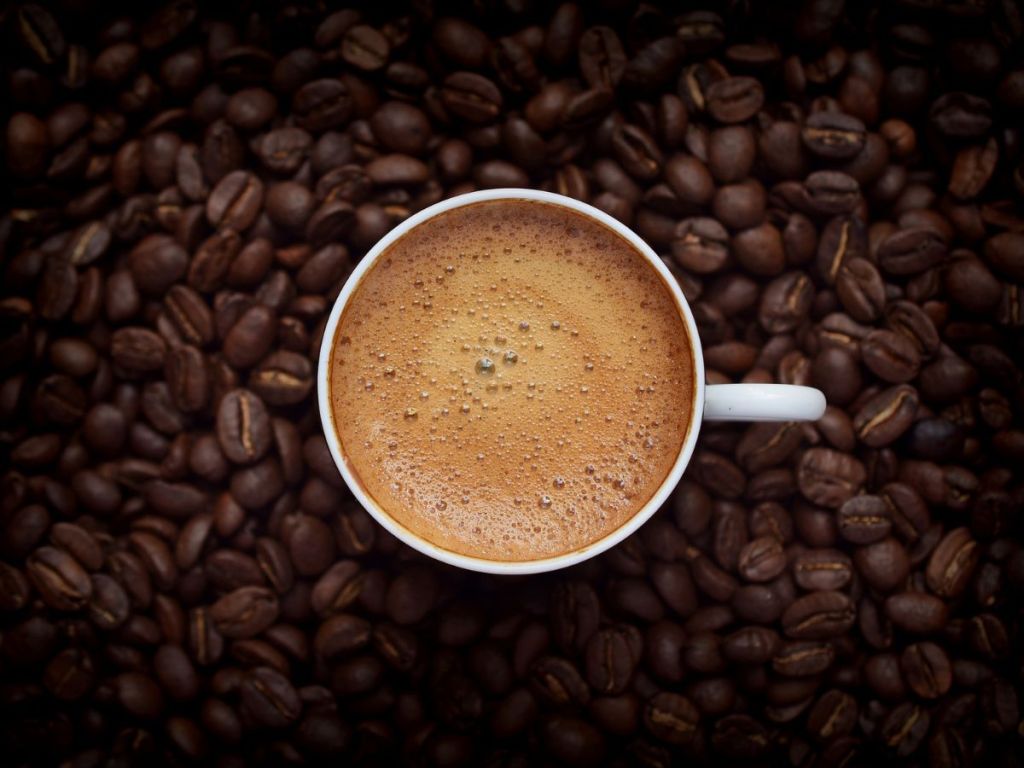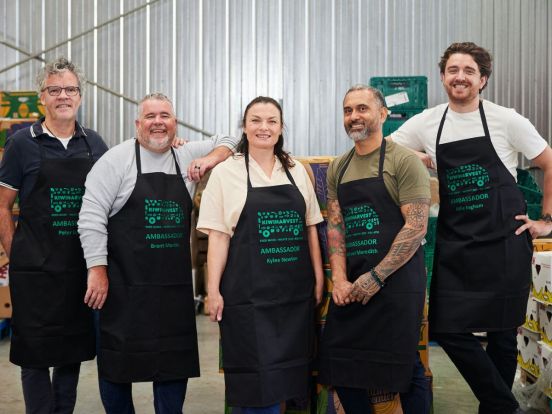Sitting In vs. Taking Away
After two years of on and off coffee shop closures due to the COVID-19 pandemic, in-store participation is back on track, reports global research company Mintel, as social coffee drinking occasions outside the home are picking up again along with spontaneous stops at coffee shops on the way to work.
Despite having access to a greater range of takeaway options, the latest coffee shop trends suggest that the proportion of consumers who purchased drinks in-store rose to nearly 90% in October 2022. This suggests that while there are more ways to order and access coffee shop drinks, the vast majority of consumers prefer an in-person experience that involves buying drinks from coffee shops.

People’s urge to return to in-person drinking occasions, and their in-person ordering preference emphasise the coffee marketing opportunities for coffee shops to sell the café experience they can offer along with their products.
More than half of Britons buy drinks from coffee shops, with most of the usage being driven by 16- 44 year olds and city-dwellers.
Another reason for a strong return to in-person ordering, is the fact that most coffee shop visits happen spontaneously, and are usually not an activity planned for in advance. Moreover, brick-and-mortar coffee shops offer a greater variety of choice when it comes to different coffee formats and types.
Ordering Coffee Using Apps
The majority of coffee shop consumers continue to order their drinks in person, making it the most frequently used method for ordering. While over 55s prefer the in-shop ordering experience, younger consumers respond well to digital ordering methods. This indicates that coffee marketing should be demographically appropriate to cater to diverse preferences, both in ordering method and formats offered.
Despite interest in alternative ordering methods among younger customers, ordering via apps and websites fell year-on-year. This signals that efforts to drive usage during the pandemic have moderated now that consumers have returned to in-person experiences.
How is the Revenue of the Coffee Shop Industry Being Impacted by Recent Behaviour and Purchase Trends?
The current economic climate and consumers’ financial situation influences coffee trends and usage. Usage of ground coffee and coffee pods, particularly, has dropped among those who are financially struggling, echoing the higher price of these products while demonstrating that coffee shops risk losing customers during the cost-of-living crisis.
Nevertheless, increased engagement with coffee mixes and RTD coffee show that consumers still need their daily dose of energy in the form of caffeine, but are seeking it at a lower price point. The small rise in usage of coffee mixes in 2022 as well as the increased engagement with RTD coffee is driving booming sales in this segment, creating more competition in the coffee (shop) market.
This rise in mixes and RTD coffee threatens coffee shop industry growth, and operators will have to redefine their value for money and defend their position and products, for example, by emphasising the coffee shop experience of coffee consumption and by tapping into pent-up demand following two years of closures.
Are There Any Consumer Behaviours that Can Help Predict Forthcoming Coffee and Coffee Shop Trends?
Private label’s newly competitive quality perceptions are setting the standard during the cost-of-living crisis, and brands will have to follow their lead while consumers remain sceptical of new functional benefits and prefer evolved energy messaging for work and wellness.
Similarly, coffee shops see themselves threatened by cheaper at-home coffee options that promise a barista coffee experience. Tiered pricing models, ranging from standard to premium blends may appeal to customers.
Usher in a new era of indulgence: Gen Z consumers are increasingly beginning to leverage their spending power, and brands and coffee shops can cater to their iced coffee taste preferences, or with cold brews.
Meanwhile, coffee drinkers remain cautious when it comes to sustainable coffee innovations. To foster growth, beanless brands will have to communicate taste over sustainability, as taste and indulgence remain the most prominent purchase factors for coffee. Here, strengthened scientific research on how fermentation impacts coffee taste offers elevated opportunities for taste note marketing.
Support work and wellness: The pandemic has fundamentally changed work life long-term and people are returning to the office, at least part-time. This means that there is opportunity for coffee shops to cater to on-the-go commuters and to those working from home with high-caffeine RTDs.
To appeal to those seeking to reduce their caffeine intake, brands and operators can offer options that feel personalised to consumers’ desired ‘buzz’. Coffee’s trusted energy function offers opportunity to target the workout space as a way to help consumers manage their stress through exercise, as well as commuters on their way to work.
To find out more about how you can strengthen your brand value and ensure your business’ growth in the coffee shop industry, read on in UK Coffee Shops Market Report 2022, or explore Mintel’s wide range of coffee industry related market research.








